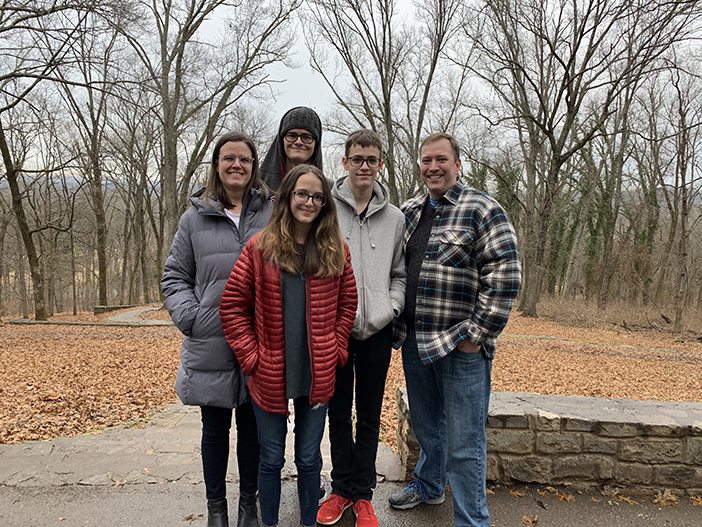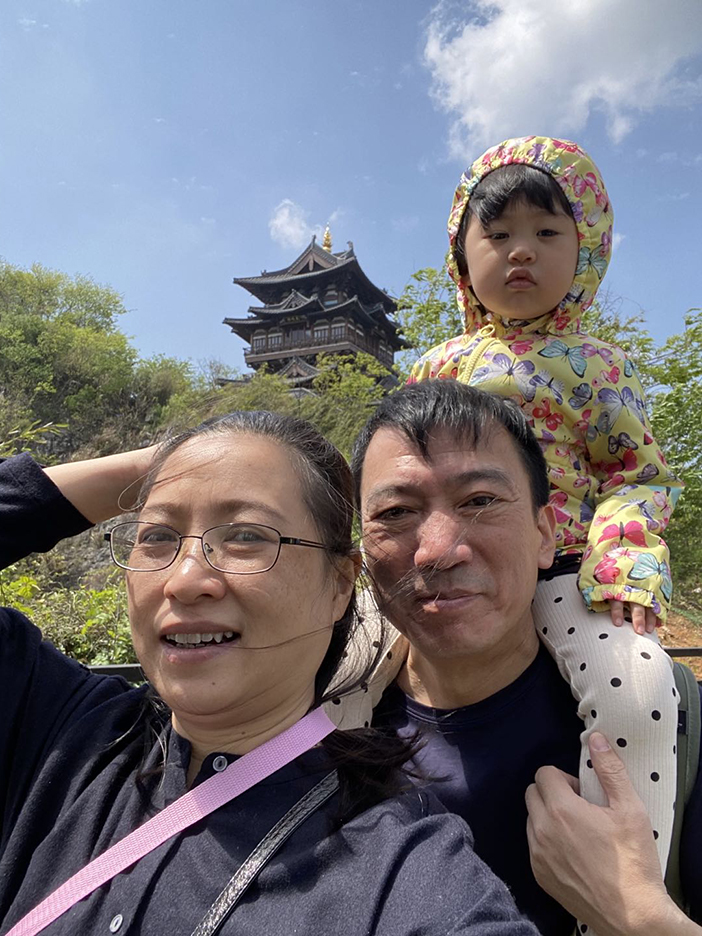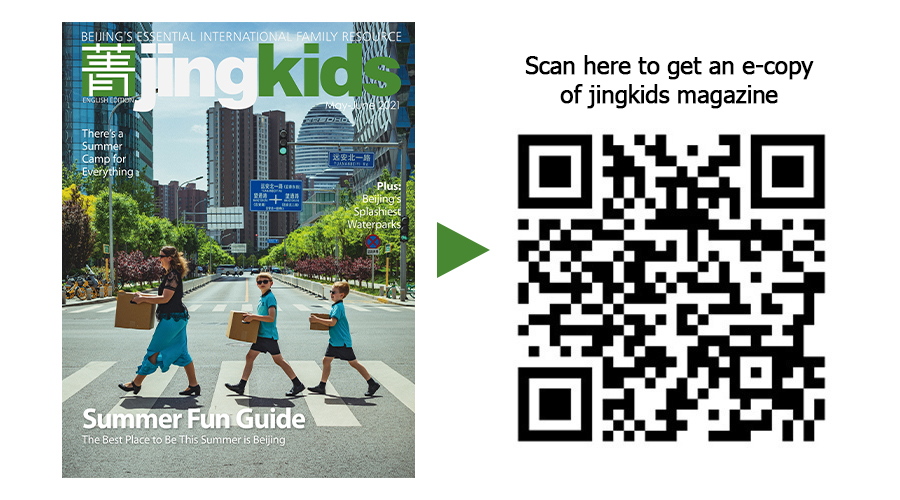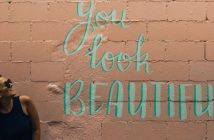 The Kennedys are a true expat family, having lived abroad for 16 years, the last six of which have been spent in Beijing. Mom, Amy, works for the Girl Scouts and dad, David, is an IT manager. Meanwhile, their oldest, Avery, is busy studying at university, and their two younger kids, Claire and Luke, attend Western Academy of Beijing.
The Kennedys are a true expat family, having lived abroad for 16 years, the last six of which have been spent in Beijing. Mom, Amy, works for the Girl Scouts and dad, David, is an IT manager. Meanwhile, their oldest, Avery, is busy studying at university, and their two younger kids, Claire and Luke, attend Western Academy of Beijing.
How did the whole family learn about garbage classification?
Our housing community introduced the new garbage classification system through notices, and we informed ourselves with the signs put up around the new sorting trash bins.
What do you do for garbage classification at home?
We have a bin for non-recyclables, and we also have a bin for recyclables in our home. We usually use a bowl when we have food waste so we can bring it to the community food waste bin.
What questions did you encounter during the process of garbage classification? Which garbage is the most difficult to sort?
Plastics can be difficult, and food-takeaway containers, as they can’t always be recycled if they are contaminated with grease or food residue.
What efforts did the children put into sorting garbage at home?
Our children participate in sorting their garbage within our home system, and they take turns bringing our bins to the community sorting bins when they are filled.
How is the garbage classification done in your own community? What needs to be improved?
It has improved a lot since the implementation of the new sorting system in Beijing – before there were only two bins, residual and recycling. A lot of people still aren’t very aware of the system here. There are some areas where the only option for trash is a residual waste bin with no other options. It would be helpful to have the variety of waste bins for sorting in all key areas around the compound.
Will you talk about environmental protection with your children? What do you talk about?
We try to be conscious of teaching them to pick more sustainable options when possible, and not get unnecessary things that will end up being thrown away quickly. We all make an effort to use reusable storage containers instead of plastic bags for packing food, to reduce our non-recyclable waste.
Have you and your children participated in activities that support environmental protection?
My husband and son are involved in Boy Scouts and they participate in trash clean up events. They are going to be planting trees at a camp-out soon to help efforts to reforest areas. We participated in a clothing swap organized through the Girl Scouts a few years ago, and we always donate or pass on outgrown kids’ clothes. As a family, we try to incorporate a lot of vegetarian meals into our weekly meals, in an effort to reduce our environmental footprint. We would like to start learning more about household composting. We could definitely always be doing more, but we try our best with the little things.
 Dad, Lixian Zhang is a book editor and publisher who usually likes to read and watch Sci-Fi movies. Mom, Lei used to be a teacher and is now a stay-at-home mom. Their daughter Muhe is an outgoing and cheerful girl who likes swimming, outings, listening to music, playing with friends, and also loves to eat big strawberries.
Dad, Lixian Zhang is a book editor and publisher who usually likes to read and watch Sci-Fi movies. Mom, Lei used to be a teacher and is now a stay-at-home mom. Their daughter Muhe is an outgoing and cheerful girl who likes swimming, outings, listening to music, playing with friends, and also loves to eat big strawberries.
How did the whole family learn about garbage classification?
As parents, we are very concerned about the impact of the environment on our children, and environmental protection has always been a practice for family members. In May last year, when Beijing began to implement garbage sorting, we read some articles about it, and watched some short videos about garbage sorting with our daughter to first let her know the different color and logo about garbage bins. Since she is only three years and five months old, she can’t fully understand many environmental concepts, but that doesn’t stop her from learning some simple classification of garbage.
What do you do for garbage classification at home?
We play games to practice garbage sorting, such us putting together vegetable leaves, fruit peels, batteries, water bottles and old stuffed toys together, and then sorting them out by kitchen waste, recyclable waste, hazardous waste and other waste, to see who can do it correctly.
Our family uses the sorting method of “two cans and one bag” where two trash cans are used to put kitchen waste and other waste respectively. Recyclable waste and harmful waste are put in plastic bags, and then put into their own trash cans in different categories, which is convenient and can save space.
What questions did you encounter during the process of garbage classification? Which garbage is the most difficult to sort?
It’s true that there are some confusing parts of the garbage sorting process, such as corn cobs, bones left over from soup, and nuts. Most of the time we regard them as kitchen waste, but they actually belong to other waste. Then we found a rule: garbage that is not biodegradable in a short period of time belongs to other garbage so it’s easier to think about it this way.
Another one that is challenging to sort is used dirty towels. We think towels are recyclable, but if the towels have been contaminated, we need to put them into other waste. There is also a small formula to share with you: those in the blue bin can be sold, those in green bin are easily rotted, red bin is toxic and harmful, none of the above belongs in the gray bin.
What efforts did the children put into sorting garbage at home?
Muhe became interested in throwing away rubbish when she was very young. She would throw orange peels into the trash can in the kitchen and put the water bottles into the recycling bin while playing in the park. Now she has gotten to know more about the garbage classification method, she would put empty batteries of electric toys into a small box, until she has collected enough, then we take her to throw them into the “harmful waste” red dustbin. Every time I throw away my mask, she reminds me to fold it inward because “otherwise, the virus will get out.”
How is the garbage classification done in your own community? What needs to be improved?
Our community’s garbage sorting is very good. There are all kinds of garbage bins lined in a row, each bin has a small rod for you to open the lid without touching it, which is convenient and clean. If you don’t know which bin to throw, there will be an officer ayi close by to help you sort it, and also introduce some sorting methods.
As a small note for improvement, I think they can post a special notice on the the publicity column in front of the trash can, for more common confusing garbage, so that it is clearer at a glance.
Will you talk about environmental protection with your children? What do you talk about?
Muhe is very fond of marine animals, “The Octonauts” is her favorite. She’s always wanted to go to the sea for diving and visit the sea friends she’s learned about like whale sharks, seahorses, jellyfish, hermit crabs, flying fish, walruses, etc.
What we’ve been talking about recently are the effects of face masks on marine life. According to a report released late last year by Oceans Asia, a marine conservation group, about 1.6 billion face masks will be found in the oceans by 2020, posing an irreversible threat and damage to marine ecology, as a single mask can take up to 450 years to decompose. But it won’t go away. The main material for masks is polypropylene, which is a non-degradable plastic. It decomposes but continues to circulate in the human food chain in the form of microplastics, and then it easily finds its way into marine organisms. Most likely, we have all eaten them. Let alone the fact that masks probably carry a large number of virus or bacteria. Fish eat it, then we eat the fish. So I told Muhe not to throw away the masks, because it will hurt our sea friends. Protecting our sea friends is actually protecting ourselves too.
KEEP READING: Meet Leafy and The Sustainable Spartans
Images: Courtesy of families
 This article appeared in the jingkids 2021 May issue
This article appeared in the jingkids 2021 May issue




